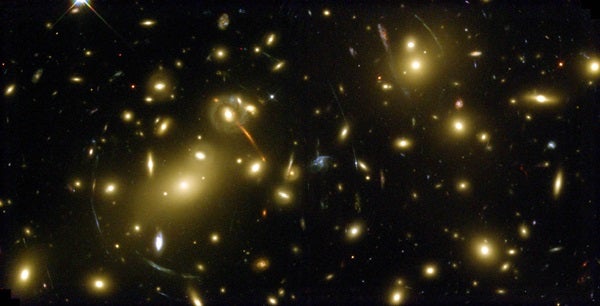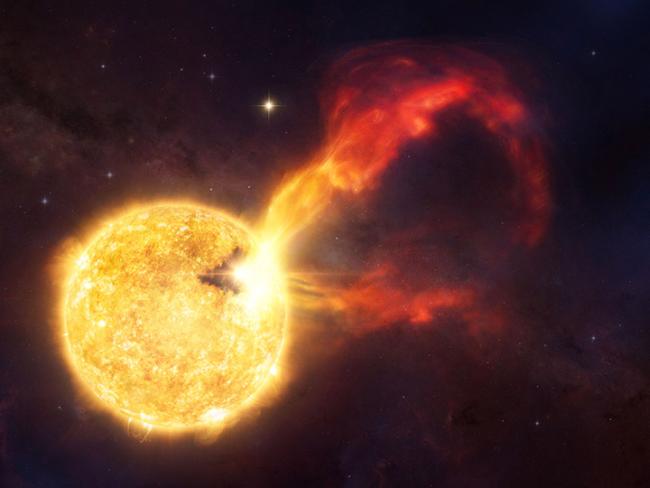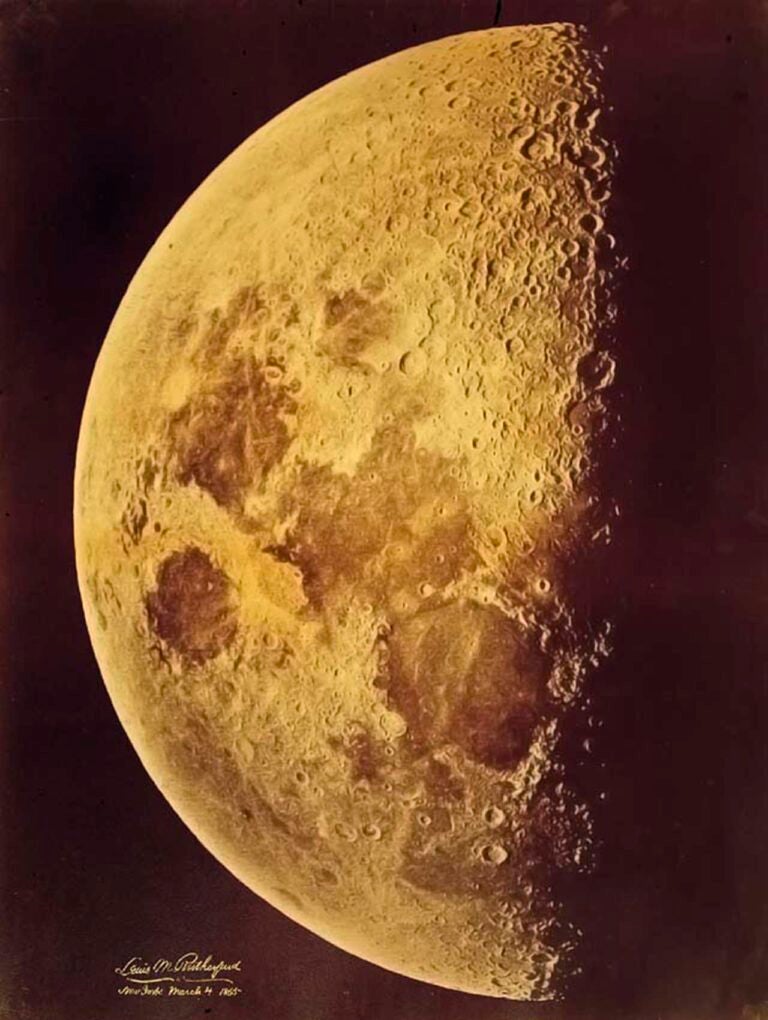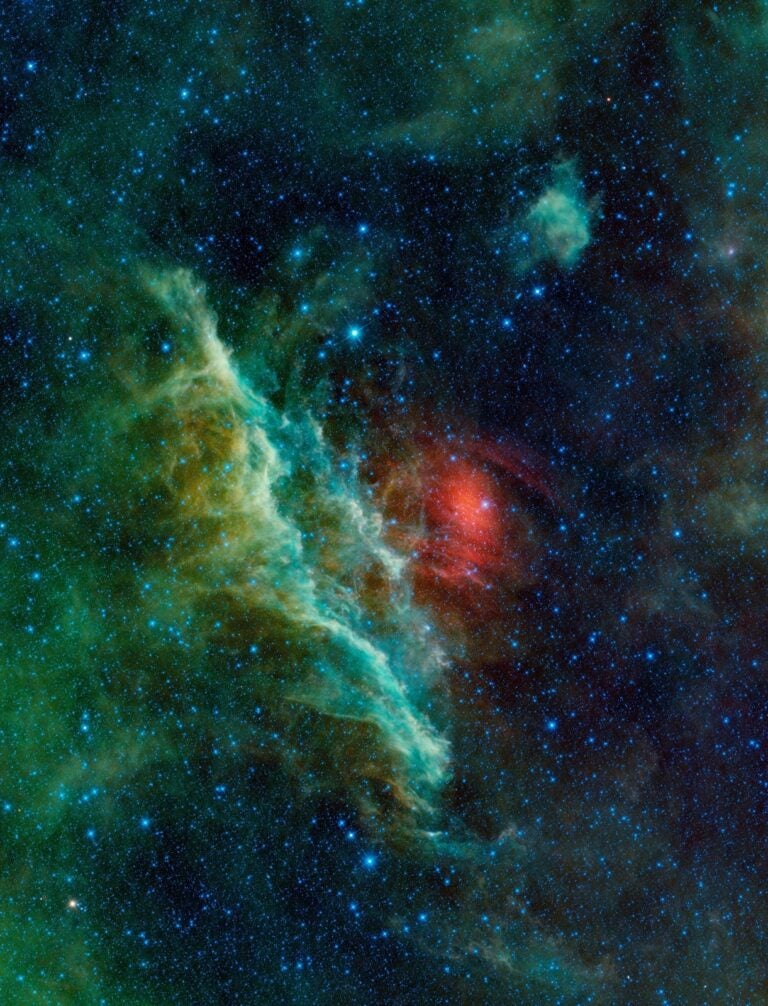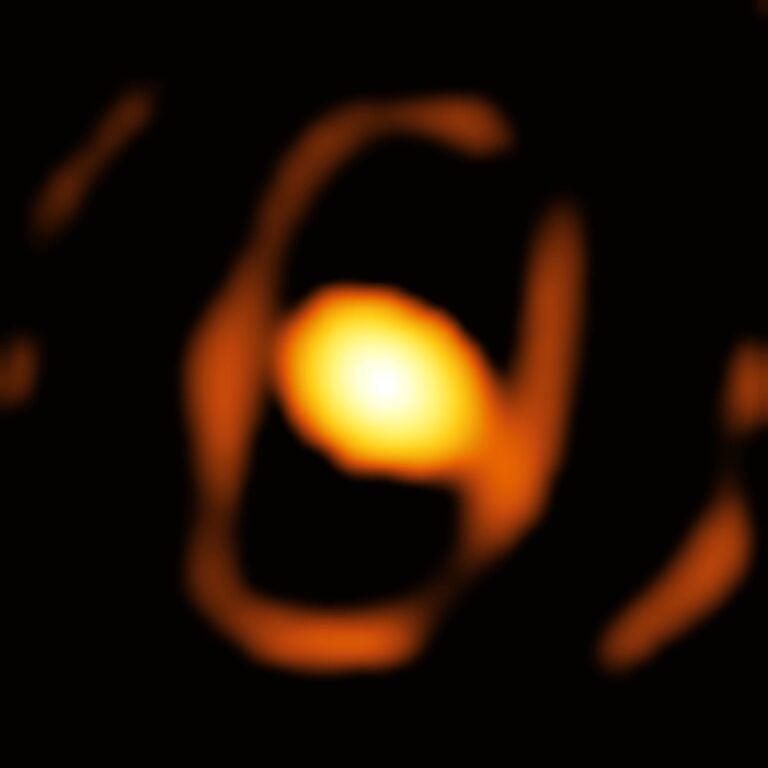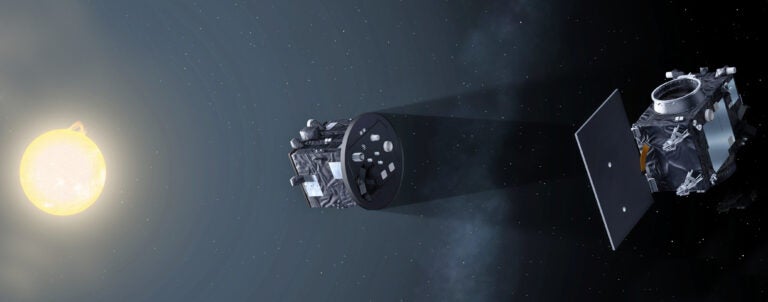Actually, many possible configurations besides an Einstein Cross and a circle (also known as an Einstein ring) exist. The exact configuration that would form by gravitational lensing depends on a few things: the gravitational lens, the background source, and the alignment between them.
An Einstein ring can form if a background galaxy is positioned exactly behind the center of a gravitational lens. When the two are perfectly aligned, there is circular symmetry; having no preferred angle, the image of the background galaxy will form in all the angles, and a circle will appear around the gravitational lens.
We see four bright images (instead of a ring) if the background galaxy is not exactly behind the center of the lens, but slightly off to one side. In the special case when the background source is point-like (usually a quasar — but in the fascinating case of the lensed SN Refsdal, it was a supernova), we see four star-like appearances of the source, and the image would be what we call an Einstein Cross.
Assistant Professor, Astronomy, University of Michigan

